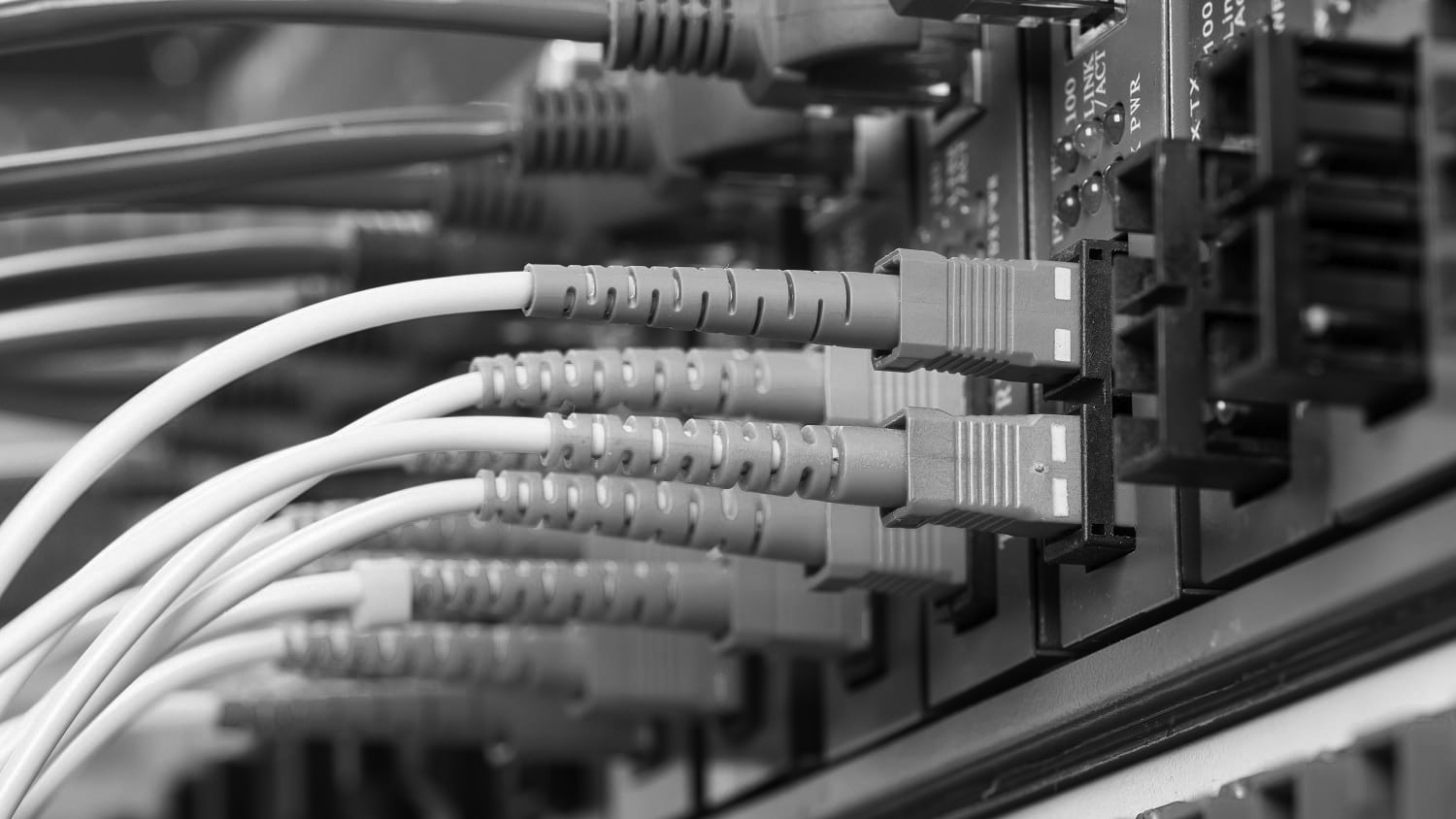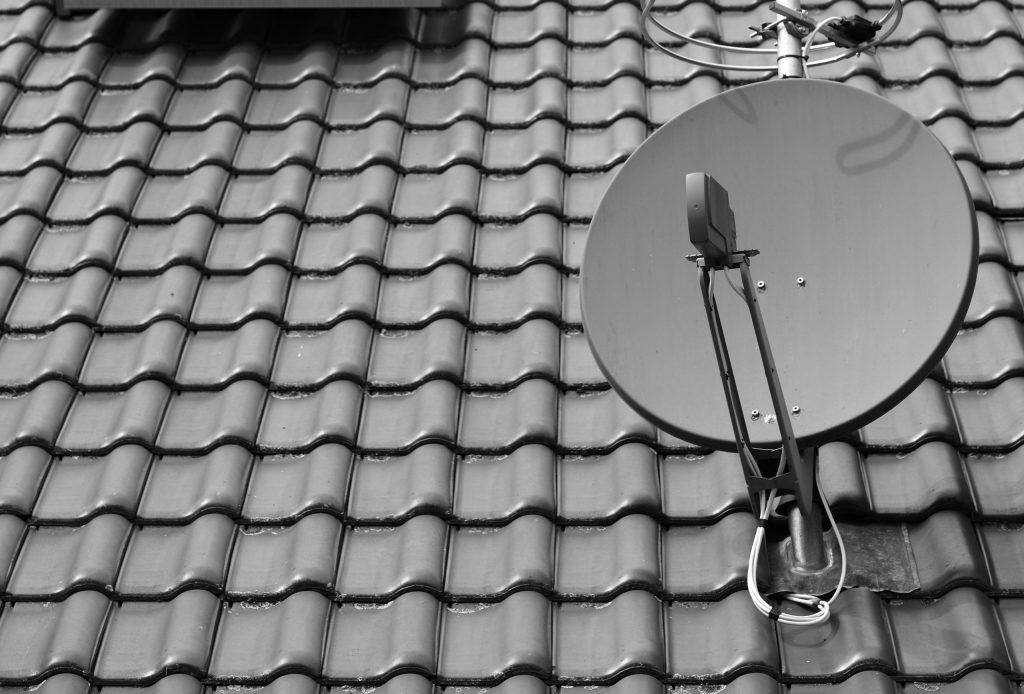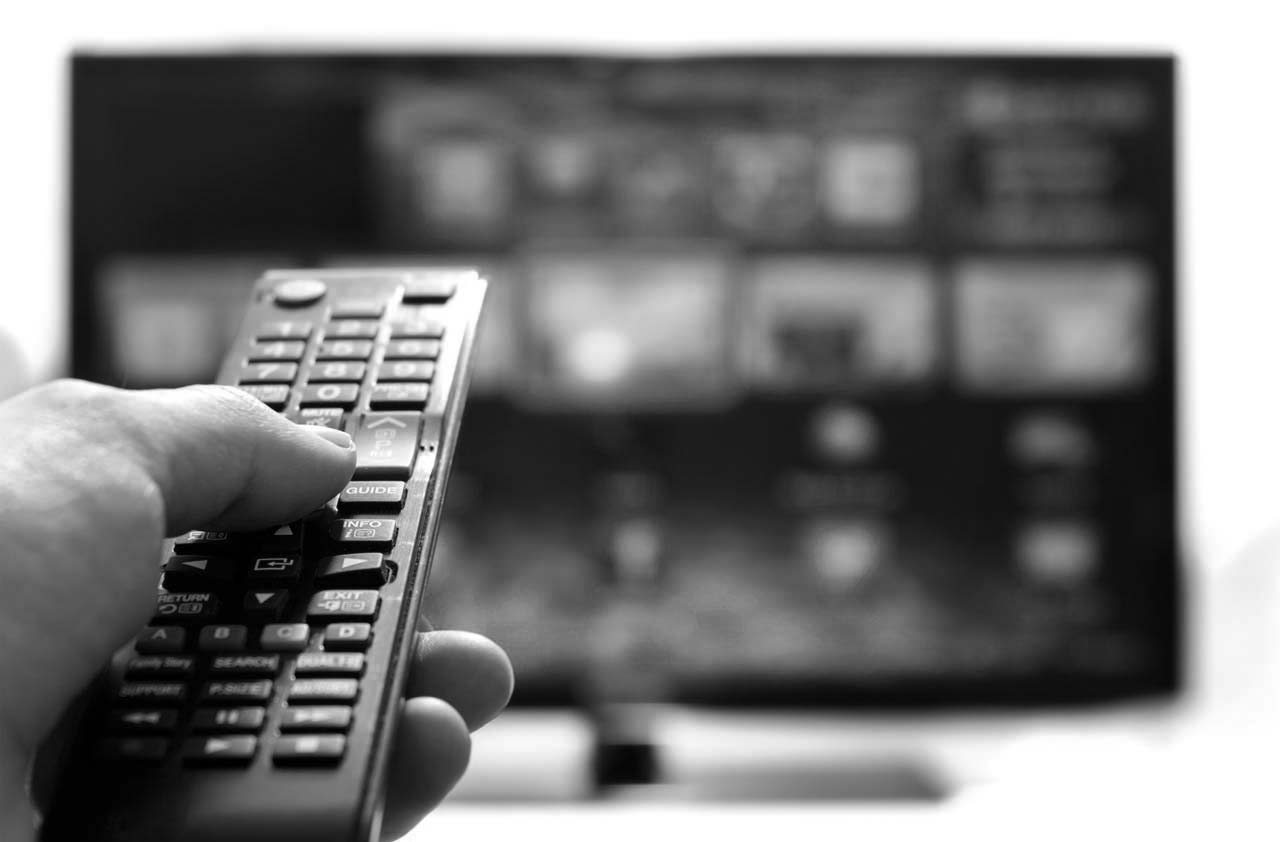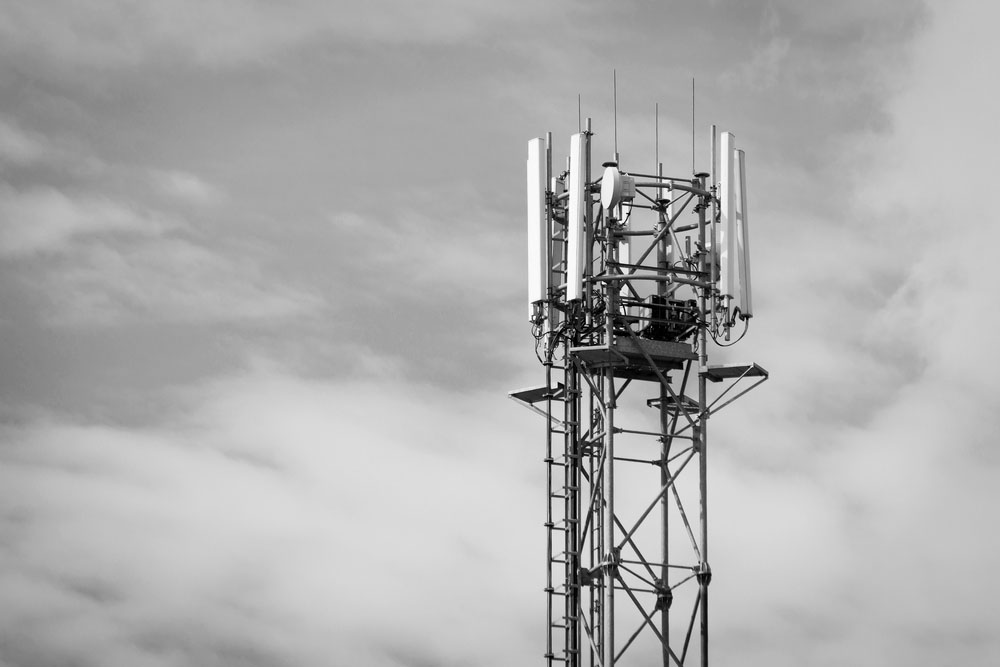INTERNET PROTOCOL TELEVISION (IPTV)
INTEGRATED RECEPTION SYSTEMS (IRS)
FIBRE OPTIC SOLUTIONS
4G/LTE INTERFERENCE
SATELLITE MASTER ANTENNA TELEVISION (SMATV)
SCOTTISH BROADBAND VOUCHER SCHEME (R100)
GIGABIT BROADBAND VOUCHER SCHEME
INTERNET OF THINGS (IoT) WND
Scottish Broadband Voucher Scheme: R100

What is the R100 Voucher Scheme?
The Scottish Government has committed to providing superfast broadband access – speeds of at least 30Mbps – to every home and business in Scotland. Unique in the UK, the Reaching 100% (R100) programme builds on the success of the DSSB programme and will ensure universal superfast broadband access. The 100% target will be met as a result of three strands of activity – the R100 contracts, connections delivered by commercial suppliers, and the R100 Scottish Broadband Voucher Scheme (SBVS).
The R100 SBVS will ensure that every address in Scotland has the ability to access a superfast broadband connection by the end of 2021, regardless of whether or not it will ultimately receive a superfast connection through the other two strands of activity.
Types of voucher
The R100 SBVS will provide two distinct levels of subsidy:
- A ‘one off’ voucher worth up to £5,000 to help deliver a permanent broadband connection to those properties for which there is no roll-out of superfast broadband planned.
- A ‘one off’ voucher worth up to £400 to help deliver an interim connection to those properties for which there is roll-out of superfast broadband planned, but not until after the end of 2021. Properties in more difficult-to-reach locations may be eligible for an additional subsidy of £250.
In some cases, rural addresses may be eligible to combine Scottish Government funding of up to £5,000 with funding from the UK Government’s Gigabit Broadband Voucher Scheme (GBVS) which provides £1,500 for rural homes and £3,500 for rural businesses. If this is the case, chosen suppliers take this into account automatically and manage this on your behalf.
Campbell & Kennedy are the official audit partners for the R100 SBVS and may be in touch with recipients of voucher funding to collect information on their new connection. This allows monitoring the performance of registered SBVS suppliers and that beneficiaries are satisfied with the end result.
For more information please visit: https://www.gov.scot/news/delivering-r100/
Integrated Reception Systems (IRS)

What is an IRS?
An Integrated Reception Systems (IRS) allows you to deliver multiple signals from an array of antennas, a typical system would include a TV aerial, FM, DAB aerials and, Satellite antenna which is then distributed normally via coaxial cabled to multiple viewing points, or a residents accommodation.
An IRS digital system collects the broadcast signals from digital terrestrial (Freeview) and satellite transmitters, as well as FM radio and Digital Audio Broadcasts (DAB). All of these signals are then distributed to a 3 outlet plate within the properties, which is screened from electrical interference and which delivers all available TV channels, including both analogue and digital terrestrial (Freeview), and digital satellite Sky/SkyQ & Freesat to the resident.
Installing IRS means that residents have the option to either connect their TV equipment to pick up the existing free-to-air digital satellite or digital terrestrial television. This solution means that a resident does not have to favour any one particular supplier of TV programming.
With specific exceptions, most communal dwelling buildings are served with integrated reception systems. This means that one system supplies a number of TV services such as Freeview, DAB & FM Radio, Sky+HD, SkyQ, and foreign satellite services to all dwellings. They vary in size and performance depending upon system specifications. This type of installation is typically suited to Social Housing, Local Authorities, Private Landlords, and Commercial builders.
As fully trained Registered Digital Installers and Sky Home Approved engineers with over 15 years of industry experience, Campbell & Kennedy Maintenance (CKM) can manage your full Integrated Reception System (IRS) installation requirements.
How Can We Help?
- Our engineers have all been fully trained as IRS installers.
- Our customer service team have also been fully trained to deal with calls relating to Integrated Reception Systems (IRS).
- With our trained team we can tailor systems to your specifications.
- All equipment can be supplied and fitted.
- We can arrange a suitable time for installation to limit downtime to any current services.
- You can choose when you would like works carried out (can pre-empt or wait for residents to request works).
Fibre Optic Solutions

What is Fibre Optic Solutions?
Fiber optics is the technology used to transmit the information as pulses of light through strands of fiber made of glass or plastic over long distances.
Optical fibers are about the diameter of a strand of human hair and when bundled into a fiber-optic cable, they’re capable of transmitting more data over longer distances and faster than other mediums. It is this technology that provides homes and businesses with fiber-optic internet, phone, and TV services.
A fiber-optic cable contains anywhere from a few to hundreds of optical fibers within a plastic casing. Also known as optic cables or optical fiber cables, they transfer data signals in the form of light and travel hundreds of miles significantly faster than those used in traditional electrical cables. And because fiber-optic cables are non-metallic, they are not affected by electromagnetic interference (i.e. weather) that can reduce the speed of transmission. Fiber cables are also safer as they do not carry a current and therefore cannot generate a spark.
How Can We Help?
- Our engineers have all been fully trained in Fibre Optic Solutions.
- Our customer service team has also been fully trained to deal with calls relating to Fibre Optic Solutions.
- Even with existing Fibre Optics our auditors can attend and assess the system.
Single Cable Solutions

What is Single Cable Solutions?
Single cable Solution (distribution) is a satellite TV technology that enables the delivery of broadcast programming to multiple users over a single coaxial cable and eliminates the numerous cables required to support consumer electronics devices such as twin-tuner Digital Video Recorders (DVRs) and high-end receivers.
Without single cable distribution, providing full-spectrum access for multiple receivers, or receivers with multiple tuners, in a single-family home has required a separate coaxial cable feeding each tuner from the antenna equipment (either multiple LNBs, a multi-output LNB, or a multi-switch distribution system) because of the large bandwidth requirement of the signals.
Single cable distribution technology enables one coaxial cable from the antenna equipment to multiple tuners, to provide independent tuning across the whole range of satellite reception for each tuner.[1]
Single cable distribution technology can be found in commercial equipment with the Unicable trademark from FTA Communications Technologies. Unicable uses an integrated software and hardware solution that allows Unicable-certified Digital Video Recorders and receivers to multiplex selected programming when using Unicable LNB or multi switching products.
The Unicable Interoperability Platform is open to companies designing and/or marketing satellite and other broadcast-related products. The platform is designed to facilitate the acceptance of Unicable-certified solutions in the consumer TV broadcast market.
How Can We Help?
- Our engineers have all been fully trained to both maintain and install Single Cable Systems.
- Our customer service team have also been fully trained to deal with calls relating to Single Cable Systems.
- We can supply and design systems specific to your needs.
- All equipment can be supplied and fitted.
- We can arrange a suitable time for installation to limit downtime to any current services.
Satellite Master Antenna Television (SMATV)

What is SMATV?
SMATV is a system that uses multiple satellites to create a single integrated cable signal for distribution; it is commonly used for buildings that have a network of televisions, like hotels and hospitals. This can connect you up to 30 channels at a time, so each TV could have something different to watch
We know how important it is to have an effective design that will enable you to provide a top-quality entertainment service for your tenants or clients. We can not only design a site-specific system but also carry out the installation, with efficient planning of all commercial systems.
Our commercial engineers receive the most up to date training which gives them full knowledge of any new techniques or advancement in technology.
We can design and complete complicated installations on all buildings and large complexes with confidence and with thorough knowledge of current health and safety regulations.
How Can We Help?
- Our engineers have all been fully trained to assess and provide SMATV systems.
- Our customer service team have also been fully trained to deal with calls relating to SMATV
- All equipment can be supplied and fitted.
- We can supply and design systems specific to your needs.
- We can arrange a suitable time for installation to limit downtime to any current services.
Internet Protocol Television (IPTV)

What is IPTV?
IPTV is the delivery of media content, videos, or live television over an IP network. IPTV (Internet Protocol Television) can either use the public internet, a private local area network (LA), or a wide area network (WAN). An IPTV service can be delivered to an IP enabled TV, mobile phone, tablet, laptop, or PC and can be easily incorporated into a video-on-demand solution.
IPTV services are commonly used by businesses and organisations to deliver TV to waiting areas, reception, and common rooms and often integrated with digital signage capabilities. IPTV is also a popular solution for the provision of tv services within a hotel, hospital, or residential property.
Internet Protocol television (IPTV) is a system through which tv services are delivered using the Internet protocol suite over a packet-switched network such as a LAN or the internet, instead of being delivered through traditional terrestrial, satellite signal, and cable television formats.
IPTV is defined as the secure and reliable delivery of entertainment video, live streams, and related services across an IP data network. These services may include, for example, encoded streams, broadcast TV, Video On Demand (VOD), and interactive TV. These services are delivered across a network using the IP protocol to transport the audio, video, and control signals, securely delivering them to smart TVs, media players, set-top boxes, mobile devices, laptops, Macs and thin clients. In contrast to video over the public Internet, with IPTV deployments, network security and performance are tightly managed to ensure a professional experience, resulting in a compelling business environment for content providers, advertisers, and customers alike.
- Our engineers have all been fully trained to install and maintain IPTV systems.
- Our customer service team have also been fully trained to deal with calls relating to IPTV.
- We can provide site-specific systems tailored to your needs.
4G/LTE Interference

What is 4g Interference?
The introduction of 4G can cause millions of households to have interference with their Freeview TV reception. This is because 4G operates in a frequency band formerly occupied by TV signals. There may be some interruptions while watching TVs such as inaudible and disrupted sound and poor picture quality including pixelation or loss of TV reception altogether. However, the is a solution to this problem.
At800 who has been funded by the UK networks, namely EE, O2, Vodafone, and 3, to find a practical solution which they have which requires the installation of a 4G filter at the household which has been affected. Freeview TV viewers who may have been experiencing interference can have a 4G filter installed free of charge which should rectify the problems by At800.
Sometimes 4G mobile broadband services can interfere with TV signals in some areas. at800 has been established by mobile phone operators to help resolve these reception issues for Freeview users. You can use its handy tool to check if there’s 4G interference in your area. It shouldn’t take more than five minutes to complete.
If there is 4G interference, this can usually be resolved by fitting a simple 4G filter between your aerial cable and your TV. This is a small box that blocks 4G signals so you can carry on watching Freeview as normal.
You can get a free one from at800; see its 4G filters guide for more information, or call its support team on 0808 131 3800.
How Can We Help?
- Our engineers have all been fully trained and approved by at800 as 4G engineers.
- Our customer service team have also been fully trained to deal with calls relating to 4G interference.
- We can register your properties for you.
- We can supply the filter.
- You can choose to register your properties with at800 but remember you must use an approved engineer (CKM are approved) to fit the filter.
- You can choose when you would like works carried out (can pre-empt or wait for residents to request works).
Internet of Things (IoT) – WND

What is IoT?
The Internet of Things (IoT) refers to a system of interrelated, internet-connected objects that are able to collect and transfer data over a wireless network without human intervention.
The personal or business possibilities are endless. A ‘thing’ can refer to a connected medical device, a biochip transponder (think livestock), a solar panel, a connected automobile with sensors that alert the driver to a myriad of possible issues (fuel, tire pressure, needed maintenance, and more) or any object, outfitted with sensors, that has the ability to gather and transfer data over a network.
Today, businesses are motivated by IoT and the prospects of increasing revenue, reducing operating costs, and improving efficiencies. Businesses also are driven by a need for regulatory compliance. Regardless of the reasons, IoT device deployments provide the data and insights necessary to streamline workflows, visualize usage patterns, automate processes, meet compliance requirements, and compete more effectively in a changing business environment.
Gigabit Broadband Voucher Scheme

What is the Gigabit Broadband Voucher Scheme?
Homes and businesses with broadband speeds of less than 100Mbps can use vouchers to support the cost of installing new gigabit-capable connections when part of a group scheme.
Group projects are when two or more residents and/or SMEs get together to combine their vouchers towards the shared cost of installation. Single connections are not eligible for additional funding.
New connections should double your current speed but must be at least 30Mbps.
‘Rural’ is defined using agreed standard measures in the relevant part of the UK. For the gigabit voucher premises in the following areas will be defined as rural.
- England & Wales – ONS definitions D1 – F2
- Northern Ireland – NISRA definitions E – H
- Scotland – NRS definitions 3 – 6
Please add your postcode to the checker on the home page to see if you are in a rural area. The search will list suppliers that are active in your area. Your chosen supplier will be able to advise and support your eligibility and guide you through the process.
Please read our terms and conditions for full details – Cymru
CONTACT US

